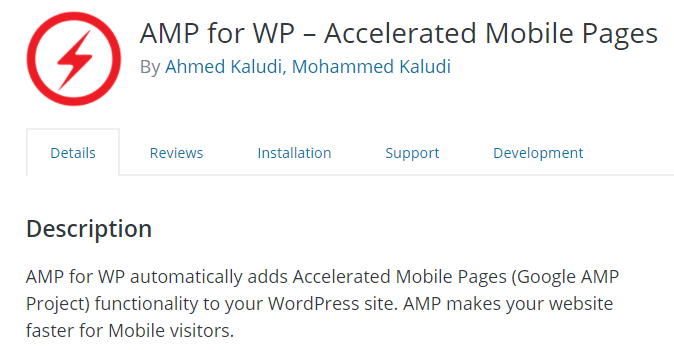
Google Considers Page loading time to Rank Websites
News from Google webmaster team came a few months ago indicating that Google is considering page loading time as a serious factor and would rank websites based on page loading time.
The sites which take many seconds to load can actually cause the entire internet to slow down.
When you are focused on making a conversion or to make the user stay on your site for a longer time, speed is a crucial factor.
Page speed is often described as the time taken to fully display the content which is on that specific page (page loading time).
TTFB – it is the time taken by the browser to receive the first-byte response from the webserver. It is also time taken for the initial response (time to first byte).
Here is the official statement from Google.
If your website doesn’t open up fast, people will most likely bounce faster.
Often it is hard to find what is causing your site to open up faster.
Maybe its code poorly written or maybe the large size of the image.
And some things which are common in top-ranking positions on google.

The page speed is fast of the websites.
The top-ranking sites have a very low bouncing rate.
The website creator has well optimized their sites clearly designed for speed.
You can calculate your page speed with Google’s Page Speed Insights.
Looking from the point of user experience the page speed is important, as the google considers the time to first byte (TTFB) factor in the page speed scenario.
So when it comes to the slow page speed, it can have higher bounce rates. Also, it can negatively affect the process of indexing.
Because when a search engine crawls it has a crawl budget, so it will crawl a small number of pages using their allocated crawl budget.
Slow page speed will also affect average time on page.
Click here to see Google’s New PageSpeed industry benchmarks.
Following are some factors to increase your page speed.
- Google’s AMP framework:

A lot of people coming on your website is through mobile devices,
Mobile devices will make the majority of your traffic. So why not make your website load super fast for a mobile user. So use Google’s AMP framework. (Accelerated Mobile Pages)
- Content Delivery Networks (CDN):
In simple terms, they take your website and put all over the globe.
Is someone is coming to your website from India even though your website is hosted in the United States, they will replicate your site and put it on a server in India.
So people in India can see your site faster.
One company that offers CDN is Akamai, they are one of the leading companies in the content delivery network.
- Cache your webpages:
The browsers on your machine can cache a lot of information like images, javascript files, stylesheets etc.
So when a user comes to your site, the browser doesn’t have to load an entirely new page. It can just load information from the cache.
If you have a WordPress blog, you can install a plug-in called W3 total cache.

If you don’t have a WordPress blog, reach out to your developer or web hosting company. They will help out.
In Google’s PageSpeed Insight the speed is calculated on the data from Chrome User Experience Report.
- Use compression application:
Use file compression application to reduce the size of your HTML, Javascript files, CSS files that are larger than 150 bytes.
Use Gzip, it’s a software application for file compression. Don’t use this application on image files. Better use photoshop for the quality of the image.
- Optimize image size:
Make sure images are in the right format. PNG is for graphics and JPEGs are for photographs.
- CSS Sprites:
CSS Sprites is a technology that converts multiple images into one large image. As it loads all at once you save a lot of time so that the user should not wait for long.
By reducing the number of connections your website loads faster.
- Reducing the redirects:
Every time a page is directed to another page, the user has to face additional time waiting for the request-response cycle to get completed.
For example, www.quotemantra.com->> www.quotemantra.com->> www.quotemantra.com/home->> www.quotemantra.com/blog.
So each of those two redirects happens the page takes time to load and this can impact the user experience.




